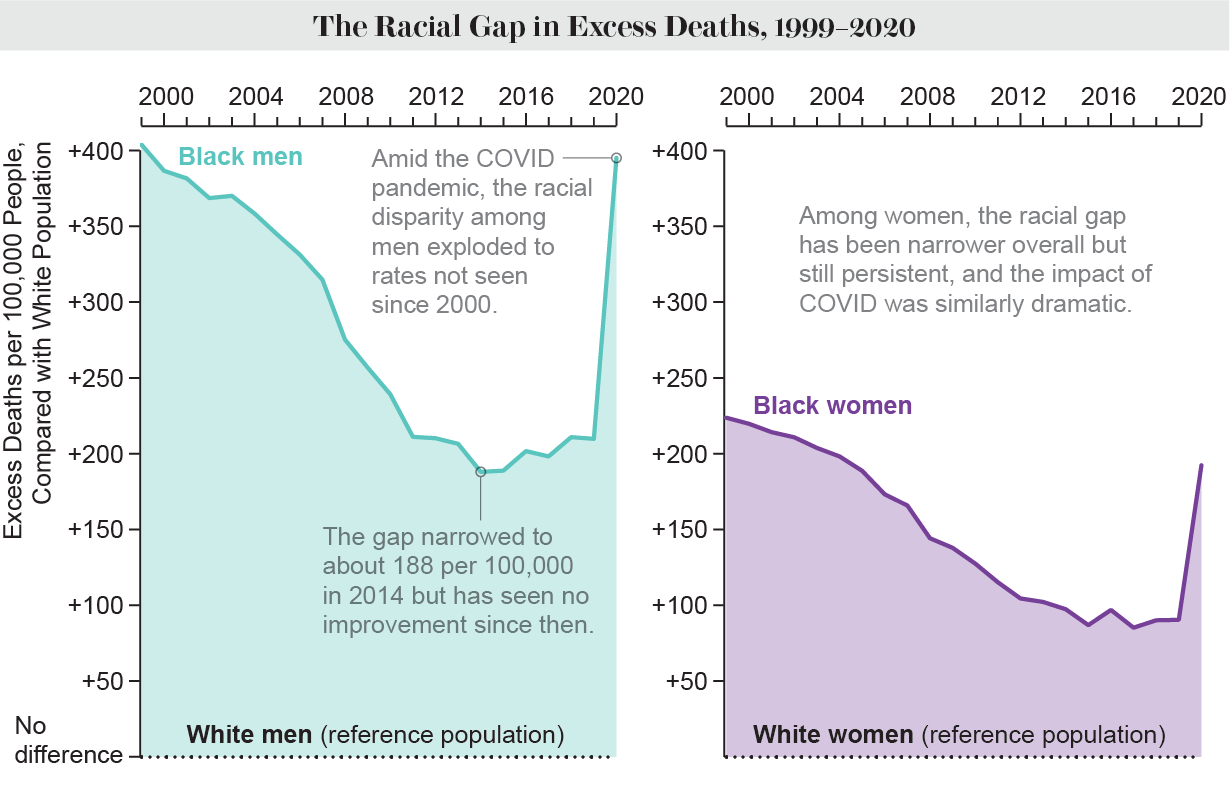Exercise for colon cancer survival plays a crucial role in enhancing the longevity and quality of life for survivors of this disease. Recent studies have revealed that engaging in regular physical activity post-treatment may dramatically close the gap in survival rates between colon cancer patients and the general population. In fact, colon cancer survivors who maintain an active lifestyle can experience overall survival rates closer to those who have not faced cancer challenges. This research emphasizes the importance of exercise benefits for cancer patients, linking it directly with improved outcomes and reduced mortality risks. By prioritizing physical activity and cancer recovery, patients can significantly advocate for their health and well-being after a colon cancer diagnosis.
The journey towards recovery from colon cancer can be greatly enhanced through physical activity, which is vital for those who have survived this aggressive disease. Engaging in structured exercise not only fosters a healthier lifestyle but is also an essential component of cancer treatment and exercise regimens. It has been shown that maintaining an active routine can bridge the life expectancy gap between cancer survivors and their peers. As research highlights, the importance of physical activity in cancer rehabilitation can lead to improved survival metrics, making it a fundamental aspect of healing. By embracing an active lifestyle, colon cancer survivors can improve their overall health and potentially increase their chances of long-term survival.
The Importance of Physical Activity for Colon Cancer Survivors
Physical activity plays a critical role in the recovery and long-term health of colon cancer survivors. Emerging studies show that engaging in regular exercise after treatment can significantly diminish the survival disparities between cancer patients and the general population. This is particularly evident in stage 3 colon cancer survivors, who historically have higher mortality rates compared to their peers without cancer. By incorporating physical activity into their daily routines, these individuals can enhance their overall well-being and potentially improve their longevity.
Moreover, exercise has been linked to better physical function and quality of life among colon cancer survivors. The increased metabolic activity from regular exercise may also help in managing treatment side effects such as fatigue, depression, or anxiety. For those recovering from surgeries and chemotherapy, movement can facilitate quicker recovery and a return to normalcy. Therefore, physical activity should be a cornerstone of post-treatment care for colon cancer survivors, encouraging both mental and physical resilience.
Exercise Benefits for Cancer Patients
Engaging in physical activity presents numerous benefits not just for colon cancer survivors but for all cancer patients. Studies have demonstrated that patients who maintain active lifestyles after undergoing treatment typically enjoy better health outcomes. This includes enhanced survival rates, reduced risk of cancer recurrence, and improved emotional well-being. Largely, exercise fosters social interaction, provides a sense of community, and can serve as a coping mechanism during challenging times.
Incorporating just a few minutes of exercise into a daily routine can yield significant benefits. For example, research from Dana-Farber highlights how even modest activity levels can lead to marked improvements in patient survival statistics. For instance, those with high physical activity reported survival rates that nearly matched those of the general population, whereas low-activity individuals faced starkly lower survival figures. This establishes a powerful case for developing individualized exercise plans catering to the capabilities and needs of each cancer patient.
How Exercise Improves Survival Rates in Colon Cancer
Research has illustrated a profound connection between physical activity and survival rates among colon cancer patients. Notably, patients who report high activity levels—15-18 MET-hours per week—have seen improvements in their survival rates, nearly matching those of the general population in their demographic group. This suggests that maintaining an active lifestyle can play a crucial role in reducing mortality risks associated with colon cancer.
Additionally, the correlation between increased exercise and improved outcomes extends to patients whose cancer recurs. Active individuals demonstrated better survival rates even when faced with recurrences, underscoring that regular physical activity contributes positively to their resilience and fight against cancer. The evidence clearly supports the notion that exercise, even in small amounts, is instrumental in enhancing the prognosis and quality of life for colon cancer survivors.
Recommendations for Exercise After Colon Cancer Treatment
For colon cancer survivors, establishing a consistent exercise routine can be life-changing. Health professionals recommend starting with a moderate approach; even short bursts of activity, such as a 10-minute walk, can set the stage for more vigorous exercises over time. Aiming for at least 150 minutes of moderate aerobic activity each week, alongside strength training exercises twice weekly, can significantly enhance health outcomes and improve survival rates.
Personalized exercise programs can also help meet individual needs and physical capabilities. By working with a physical therapist or coach familiar with cancer recovery, survivors can develop a safe and effective workout regimen. Here, the emphasis should be on gradual progression and sustainable habits rather than high-intensity methods, especially in the initial stages post-treatment. Ensuring that exercise is both enjoyable and achievable is key to maintaining motivation and commitment.
Addressing Barriers to Physical Activity for Survivors
Despite the known benefits of exercise for colon cancer survivors, many individuals face barriers that prevent them from engaging in regular physical activity. Factors such as fatigue, changes in body image, and emotional stress can discourage survivors from exercising. It’s crucial to address these barriers by providing education and support tailored to the needs of these patients, reinforcing that physical activity is attainable and necessary for their well-being.
Health care providers play a pivotal role in encouraging patients to prioritize exercise after treatment. By fostering an environment where discussing physical activity becomes routine, healthcare practitioners can motivate survivors to set and achieve exercise goals. Integrative programs that combine medical support with community exercise initiatives can also help bridge the gap between treatment and recovery, making it easier for survivors to incorporate physical activity back into their lives.
The Role of Nutrition and Fitness in Recovery
Nutrition and regular exercise complement each other in the recovery process for colon cancer survivors. A balanced diet rich in fruits, vegetables, whole grains, and lean proteins will work synergistically with physical activity to enhance recovery and improve overall health. Such nutritional choices can help combat fatigue, support immune function, and promote optimal weight management, all of which are vital for a successful recovery trajectory.
By focusing on both exercise and healthy eating, survivors can fortify their bodies against not just cancer recurrence but other comorbidities as well. This holistic approach to health emphasizes that exercise is just one part of a larger picture of wellness. As both physical activity and sound nutrition contribute to improved energy levels and diminished feelings of isolation, colon cancer survivors should be encouraged to view their health journey as a comprehensive effort involving multiple lifestyle factors.
Integrating Community Support for Survivors
Community support systems are invaluable for colon cancer survivors aiming to maintain an active lifestyle. Whether through support groups, fitness classes, or organized health initiatives, the sense of belonging can motivate survivors to engage with exercise consistently. These groups can provide not only companionship but also shared experiences and accountability, fostering an environment conducive to healthy living.
Moreover, community programs tailored specifically for cancer recovery can introduce survivors to new physical activities that they may not have considered. Through workshops and group activities, patients can explore different exercise modalities while receiving encouragement and support from their peers. Building a strong community can greatly enhance the motivation for maintaining an active lifestyle, ultimately leading to improved long-term outcomes.
Long-term Health Outcomes Beyond Cancer Survival
While the primary focus for colon cancer survivors is often on preventing recurrence, engaging in consistent physical activity yields additional long-term health benefits. Research indicates that regular exercise can lower the risk of developing other conditions such as heart disease, diabetes, and obesity, which are prevalent among cancer survivors. Thus, cultivating a lifestyle centered around fitness not only addresses cancer-specific concerns but also enhances overall health.
Incorporating exercise into daily life can improve mental health by reducing symptoms of anxiety and depression that often accompany cancer diagnosis and treatment. Survivors who remain active often express a greater sense of control over their health, leading to increased resilience against life’s challenges. The cumulative benefits of physical fitness extend well beyond mere survival rates, emphasizing the importance of a holistic approach to health for colon cancer survivors.
Accounting for Individual Differences in Fitness
Recognizing that every colon cancer survivor’s journey is unique is crucial in developing fitness programs. Individual differences such as age, fitness level, and specific health concerns must be considered when promoting physical activity. Customizing exercise regimens ensures that each survivor is not only comfortable but also properly challenged to meet their specific health goals.
Moreover, continuous assessment and adaptation of exercise plans are necessary to fit the evolving needs and capabilities of each survivor. Feedback from participants can help in tailoring approaches that maximize enjoyment and effectiveness, as well as addressing any new challenges that may arise. By fostering an adaptable fitness environment, health professionals can better support colon cancer survivors in their quest for improved health outcomes and quality of life.
Frequently Asked Questions
How can exercise for colon cancer survivors improve survival rates?
Exercise for colon cancer survivors has been linked to improved survival rates. Regular physical activity can decrease disparities in survival between cancer patients and the general population, as highlighted in a study showing that higher activity levels significantly enhance long-term survival.
What types of physical activities should colon cancer survivors consider?
Colon cancer survivors should consider moderate activities like walking, cycling, or swimming. As little as 10-20 minutes of exercise can provide benefits; aiming for 18 or more MET-hours per week is associated with better survival outcomes.
Is there a specific amount of exercise recommended for survivors of colon cancer?
While specific recommendations can vary, aiming for at least 150 minutes of moderate physical activity per week is beneficial. Studies suggest that colon cancer survivors achieving higher activity levels see improved survival rates, particularly for those reporting over 18 MET-hours weekly.
Do lower activity levels significantly affect survival rates for colon cancer patients?
Yes, lower activity levels can significantly affect survival rates. Research shows that colon cancer survivors with low physical activity have survival rates 50.5% lower compared to the general population, emphasizing the critical role of exercise in post-treatment recovery.
What are the additional benefits of physical activity for colon cancer survivors?
Beyond improving survival rates, physical activity for colon cancer survivors can enhance overall well-being, reduce fatigue, improve mood, and mitigate treatment-related side effects, making it a crucial part of post-cancer recovery.
| Key Points |
|---|
| Regular physical activity after stage 3 colon cancer treatment improves survival rates and reduces disparities with the general population. |
| Survivors who engage in high levels of physical activity have survival rates significantly closer to those of matched individuals. |
| Low activity levels result in a 50.5% lower survival rate compared to the general population for some patients. |
| Exercise duration can start as low as 10 or 20 minutes and still be beneficial. |
| The analysis reviewed over 2,800 patients in two clinical trials funded by the National Institutes of Health. |
| Increased physical activity correlates with improved survival rates regardless of the patient’s age. |
Summary
Exercise for colon cancer survival has been shown to be critical in extending the lives of patients after treatment. This research indicates that maintaining an active lifestyle significantly enhances the chances of survival and reduces the discrepancies between cancer patients and the general population. Survivors of colon cancer are encouraged to incorporate regular physical activity into their daily routines, demonstrating that even minimal exercise can yield significant health benefits. Overall, prioritizing exercise can be an effective strategy for improving the quality of life and longevity for those affected by colon cancer.

